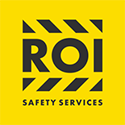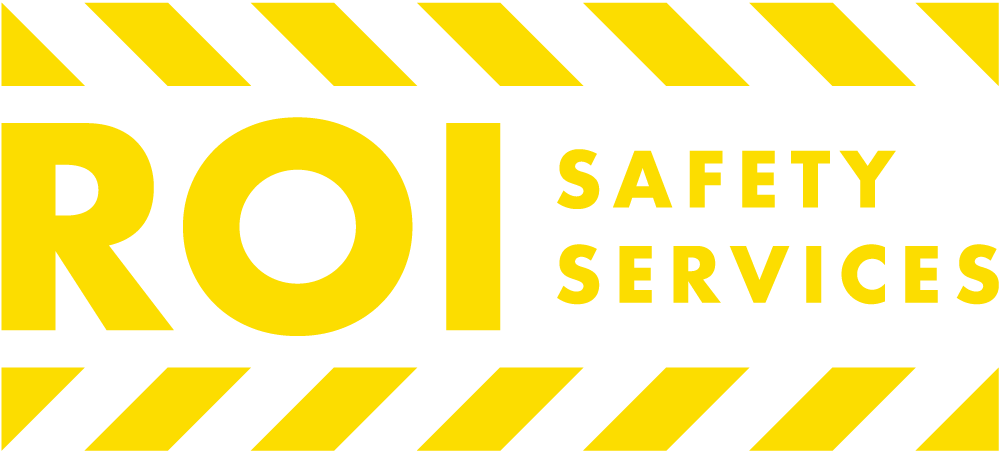
As the work landscape shifts toward remote settings, OSHA compliance remains a critical component for maintaining a safe and healthy work environment. Employers are navigating uncharted territories as they extend their health and safety programs beyond the confines of traditional office spaces.
They’re tasked with adapting OSHA guidelines to fit home offices and other remote work areas, ensuring employees are protected from potential hazards. It’s a balancing act between fostering productivity and upholding safety standards that can’t be overlooked.
Understanding OSHA Compliance in a Remote Work Environment
Ensuring OSHA compliance in remote work settings presents unique challenges for employers. ROI Safety Services underscores the need to extend safety protocols to home offices. Employers must conduct hazard assessments tailored for remote employees, addressing issues like ergonomics and electrical hazards. ROI Safety Services provides expert guidance in identifying and mitigating these risks.
Proper training is vital for OSHA compliance, and ROI Safety Services offers tailored programs for remote workers in California, covering health and safety practices. Documentation, including records of safety training, hazard assessments, and reported injuries or illnesses, is crucial for accountability and effective compliance monitoring.
Regular check-ins and virtual walkthroughs of remote workspaces are recommended by ROI Safety Services to keep supervisors informed and address compliance issues promptly. Embracing a proactive safety approach is essential in adapting to the evolving work landscape, ensuring compliance, and supporting a healthy and productive remote workforce.
Assessing the Risks of Remote Work
Employers are responsible for ensuring the safety and health of their employees, even when the work is carried out remotely. ROI Safety Services, a trusted provider of on-site OSHA safety training, emphasizes the need for a comprehensive risk assessment of home-based work environments.
When employees work from home, hazards differ significantly from those in a traditional office. These can range from ergonomic risks due to improper workstation setup to electrical hazards from overloaded power outlets. ROI Safety Services encourages employers to consider factors such as:
- Proper desk and chair height
- Adequate lighting
- Tripping hazards, such as loose cords or rugs
- Privacy and data security measures
To minimize these risks, a checklist for a safe home office setup should be developed and distributed to all remote employees, ensuring each aspect of their workspace meets OSHA standards. Additionally, remote workers should be trained on how to perform a self-assessment of their workspaces, highlighting the importance of maintaining a safe environment.
Documentation plays a critical role in verifying risk assessments. Employers should have a clear process for remote employees to report their home office setups and any potential hazards. Regular check-ins are an effective practice for keeping abreast of changes in the work environment that may introduce new risks.
ROI Safety Services, with their expertise in adapting safety protocols to various work settings, can aid in crafting tailored strategies for risk assessment that comply with OSHA regulations. By leveraging the mobility of their California-based trainers, ROI Safety Services ensures that expert guidance is just a visit away, no matter the location of the client within the state. This hands-on approach helps foster a culture of safety that extends beyond traditional office walls into the emerging territory of remote work.
With the rise of remote employment, companies must adapt their safety strategies to protect their employees. Proper assessment and mitigation of risks are essential for a secure and healthy remote work environment.
Creating a Remote Work Safety Policy
Developing a remote work safety policy aligned with OSHA compliance is crucial for organizations embracing remote work. Here are key considerations:
- Clear Policies for Home Office: Specify standards for ergonomic furniture, adequate lighting, and uncluttered workspaces to minimize hazards, complying with OSHA guidelines.
- Health and Safety Training: Utilize experts like ROI Safety Services for comprehensive on-site OSHA safety training, covering topics such as ergonomics, fire safety, and cybersecurity.
- Regular Communication: Foster open lines of communication for ongoing monitoring and feedback between employers and employees regarding the remote work environment.
- Documentation for Reinforcement: Provide written guidelines, require regular self-assessment reports, and maintain records of incidents or challenges to reinforce compliance and commitment to health and safety.
- Proactive Policy Updates: Regularly review and update the policy to address the evolving nature of remote work, incorporating new OSHA guidelines, technological advancements, or changes in work processes.
- Partnerships for Compliance: Collaborate with organizations like ROI Safety Services for tailored strategies in risk assessment and compliance, enhancing the overall safety culture within the company.
Providing Proper Training and Resources
To ensure OSHA compliance in a remote work environment, employers must provide comprehensive training and resources that reflect the nuances of home-based workspaces. ROI Safety Services steps in as a pivotal resource, reaching clients statewide with their expertise.
Interactive Training Modules tailored for remote positions are imperative to inform employees on potential hazards unique to their personal workspaces. They need to understand how to set up an ergonomic workstation and identify risks that could lead to injuries. ROI Safety Services offers these modules, ensuring that employees have the knowledge to maintain a safe working environment.
Regular Safety Webinars and workshops conducted by professional trainers can keep remote workers updated on the latest health and safety practices. The ability for these trainers to travel to clients facilitates the customization of safety protocols to fit individual and company needs. This hands-on approach by ROI Safety Services maximizes employee engagement and retention of critical safety information.
The provision of Adequate Safety Manuals and Guidelines is another cornerstone of sustained OSHA compliance. Employees must have access to well-documented resources that they can refer to at any time. It’s crucial that these materials are easy to understand and that they specifically address the challenges of remote work.
Key to this is Personalized Risk Assessments. The trainers at ROI Safety Services don’t take a one-size-fits-all approach. Instead, they evaluate each home office and its unique set of potential hazards to develop personalized recommendations. This one-on-one attention ensures that every remote employee’s workspace adheres to OSHA guidelines.
By prioritizing these steps, employers can confidently extend their commitment to workplace safety beyond the traditional office environment. With ROI Safety Services’ support, businesses can elevate their safety culture and ensure compliance in the ever-growing landscape of remote work.
Monitoring and Enforcing OSHA Compliance in a Remote Work Setting
Effective remote work policies are crucial for safety and OSHA compliance, but monitoring and enforcement present unique challenges. To address this:
- Regular Virtual Check-ins: Implementing virtual check-ins allows managers to engage with remote workers, ensuring home offices meet ergonomic standards. ROI Safety Services recommends video conferencing tools for virtual walk-throughs to identify and address potential hazards.
- Self-assessment Checklists: Provide tailored checklists for remote employees to self-assess their workspace against OSHA guidelines. Managers should review these assessments routinely, offering feedback and support to maintain compliance.
- Technology Integration: Leverage software and mobile applications for real-time tracking and reporting of safety incidents. ROI Safety Services can integrate these technologies into the remote safety policy, enhancing monitoring and enforcement efficiency.
- Continuous Training: Offer ongoing education on safety protocols through interactive modules and webinars. ROI Safety Services ensures comprehensive remote work safety training by regularly updating resources to align with the latest compliance standards.
- Documentation is Key: Maintain detailed records of safety training, incidents, assessments, and compliance measures. ROI Safety Services assists in developing an effective documentation system, supporting a safe work environment, and serving as evidence of compliance efforts during OSHA inspections.
By consistently applying monitoring and enforcement strategies and collaborating with ROI Safety Services, employers can proactively ensure remote work safety and OSHA compliance.
Conclusion
Ensuring OSHA compliance in a remote work environment is a dynamic and ongoing process. Employers must prioritize the safety and well-being of their remote workers by implementing robust policies and leveraging technology for effective monitoring. With the support of partners like ROI Safety Services, companies can navigate the complexities of remote work compliance confidently. As the workforce continues to evolve, so too should the strategies for maintaining a safe and compliant home office. By staying proactive and utilizing the right resources, businesses will foster a culture of safety that transcends physical office spaces.
Frequently Asked Questions
What is the purpose of a remote work safety policy?
A remote work safety policy ensures that the home office meets OSHA standards for workplace safety, including ergonomic setups and adequate lighting, to protect employee health and safety.
Why is ergonomic furniture important for remote workers?
Ergonomic furniture is critical for preventing strain and injury by supporting proper posture and comfort during work hours.
How can employers adapt health and safety training for remote workers?
Employers can adapt training for remote workers by providing online resources, virtual training sessions, and interactive tools that cater to the home office environment.
What are the challenges of enforcing OSHA compliance remotely?
Enforcing OSHA compliance remotely includes challenges like monitoring remote workspaces, ensuring workers adhere to safety practices, and addressing the limitations of physical oversight.
What role does ROI Safety Services play in ensuring compliance?
ROI Safety Services assists employers in developing tailored risk assessment and compliance strategies, thereby enhancing the company’s safety culture and OSHA adherence.

